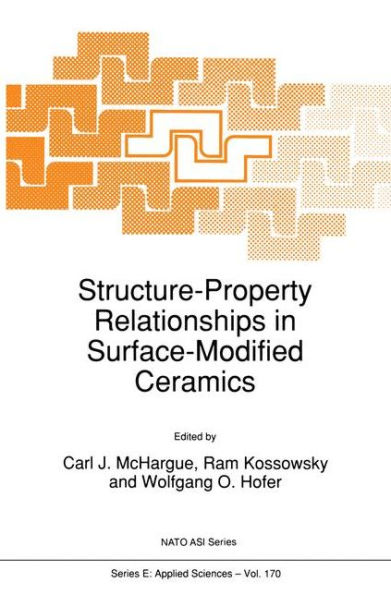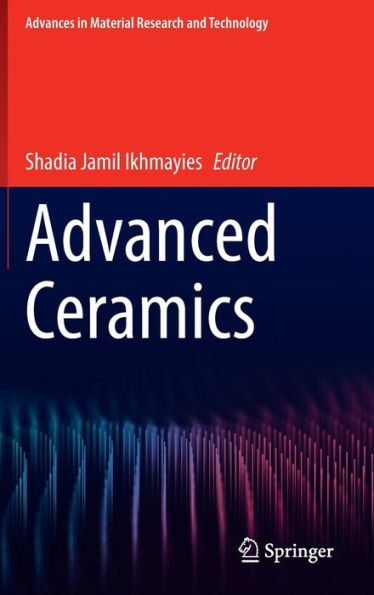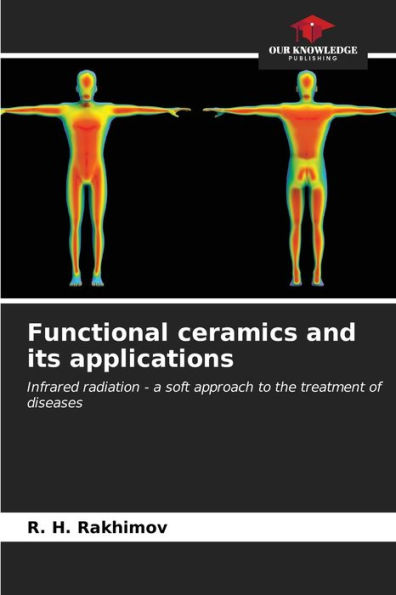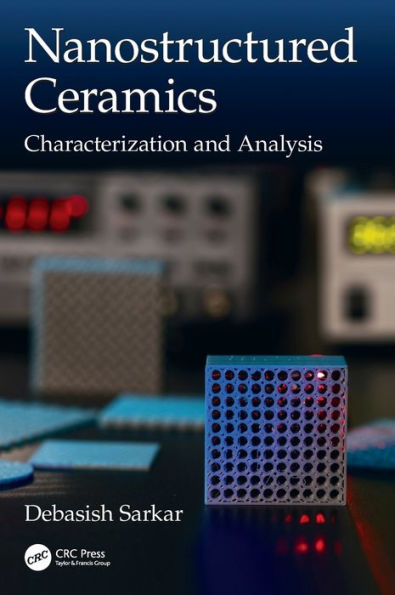Home
Mechanical Properties of Ceramics
Barnes and Noble
Mechanical Properties of Ceramics
Current price: $129.00


Barnes and Noble
Mechanical Properties of Ceramics
Current price: $129.00
Size: Hardcover
Loading Inventory...
*Product information may vary - to confirm product availability, pricing, shipping and return information please contact Barnes and Noble
Generally, ceramics are made by moistening a mixture of clays, casting it into desired shapes and then firing it to a high temperature, a process known as 'vitrification'. The relatively late development of metallurgy was contingent on the availability of ceramics and the know-how to mold them into the appropriate forms. Because of the characteristics of ceramics, they offer great advantages over metals in specific applications in which hardness, wear resistance and chemical stability at high temperatures are essential. Clearly, modern ceramics manufacturing has come a long way from the early clay-processing fabrication method, and the last two decades have seen the development of sophisticated techniques to produce a large variety of ceramic material.
The chapters of this volume are ordered to help students with their laboratory experiments and guide their observations in parallel with lectures based on the current text. Thus, the first chapter is devoted to mechanical testing. A chapter of ductile and superplastic ceramic is added to emphasize their role in modern ceramics (chapter 2). These are followed by the theoretical basis of the subject. Various aspects of the mechanical properties are discussed in the following chapters, among them, strengthening mechanisms, time dependent and cyclic deformation of ceramics. Many practical illustrations are provided representing various observations encountered in actual ceramic-structures of particularly technical significance. A comprehensive list of references at the end of each chapter is included in this textbook to provide a broad basis for further studying the subject. The work also contains a unique chapter on a topic not discussed in other textbooks on ceramics concerning nanosized ceramics.
This work will also be useful as a reference for materials scientists, not only to those who specialize in ceramics.


















